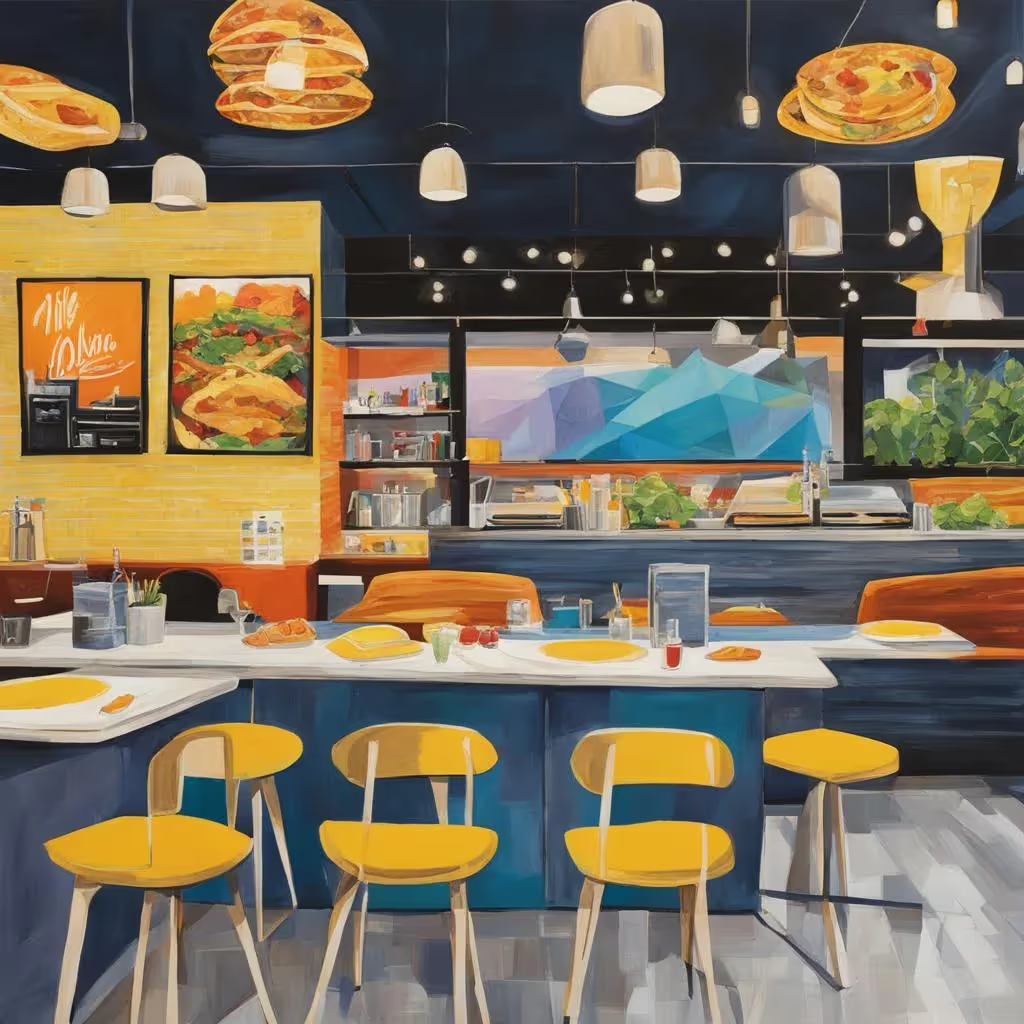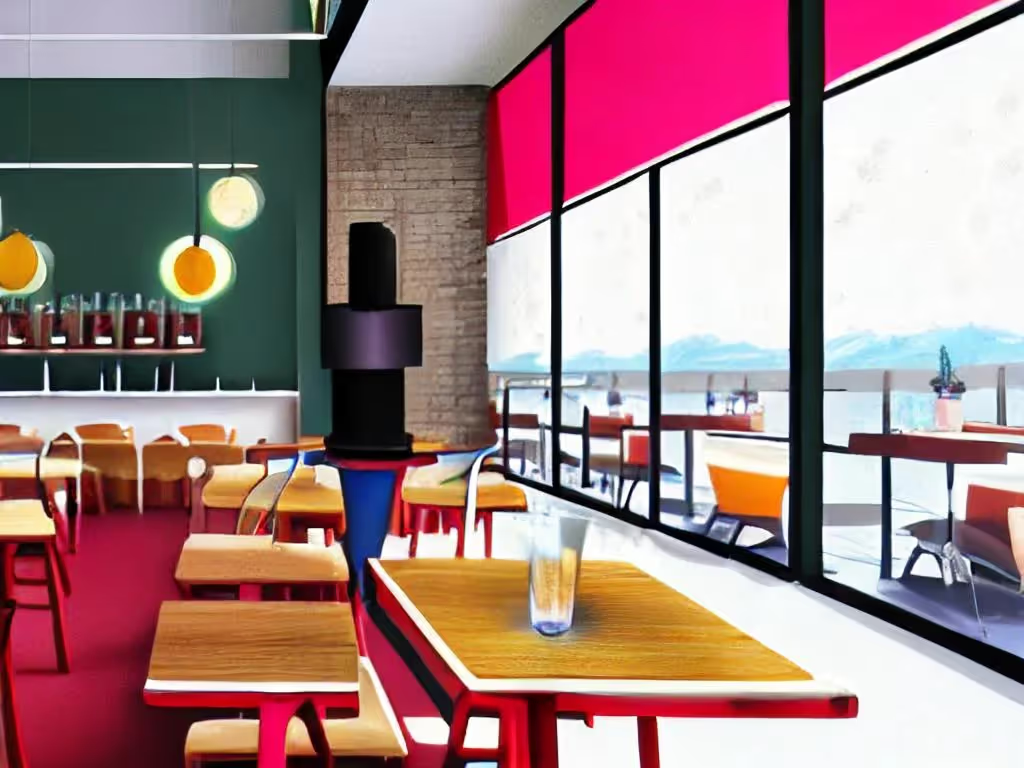TLDR
In 2024, online food delivery in Canada brought in close to 19 billion USD, and current forecasts say that figure will reach about 28.6 billion USD by 2030, showing steady growth across those years. At the same time, Canadian shoppers have turned their phones into the main place where they compare options, check prices, and pay. For restaurant operators, that shift means mobile ordering in Canada is no longer an extra feature. It is now at the center of how people decide where to spend their next meal dollar.
Mobile Ordering In Canada: The Numbers Restaurants Need To See
Now, restaurants sit in the middle of two strong currents. One is the food delivery volume that keeps rising. The other is the online shopping habit that makes the mobile the default screen for choices and payments.
Food delivery revenue keeps climbing
A recent industry report by Deliverect on Canada’s food delivery market reveals a strong upward curve.
- Online food delivery generated approximately $ 18.99 billion in revenue in 2024.
- Forecasts indicate that it will reach $ 28.64 billion by 2030.
- This marks an annual growth rate of about 7.7% between 2025 and 2030.
The exact figures matter less than the direction. A growing share of food spending now happens on screens long before guests step through the door. This steady rise means that having an easy mobile ordering system is essential.
Everyday life pushes orders onto screens
The same report explains why Canadians are moving toward mobile ordering.
- Busy schedules and longer commutes leave little time to cook or wait in lines.
- Urban centers pack homes, offices, and campuses close together, making advance ordering and pickup practical.
- People care about price, quality, and nutrition, not just speed. One study found that nearly 50% of diners said affordability was their top factor when buying food, while about 25% pointed to nutrition, and many also prioritized menu variety.
This describes a customer who is thoughtful but short on time, used to quick and reliable online experiences. When that person reaches for a phone to plan coffee or lunch, a restaurant with a clean, direct mobile channel immediately has the edge over those relying on marketplace apps or phone calls.
What Guests Expect From An Online Food Journey
It helps to zoom out from hospitality and look at shopping as a whole. Consumers now treat digital and physical touchpoints as one blended journey, and that habit carries into how they order food.
Phones sit at the center of Canadian shopping
E-commerce data shows just how embedded mobile is in Canadian life.
- Around 73% of Canadian consumers use several touchpoints before making a purchase. They might start with a search, check a brand site, look at social posts, and then visit in person.
- Mobile now accounts for over half of online transactions in Canada, and mobile payments are projected to grow at a 38.83% CAGR through the next decade.
- Most shoppers want a mix of online convenience and in-person connection rather than choosing one or the other.
For restaurants, this means a customer might discover your brand on social media, explore your menu on a phone, place an order for pickup, and then dine in next week. To the guest, all of that is one continuous experience. If one step feels slow or confusing, they quietly switch to another place that feels smoother.
Six things customers look for when ordering food online
When Canadians describe what makes a good digital ordering experience, they list similar points again and again.
- A simple path from menu to payment without extra steps.
- Fast-loading pages that work cleanly on a phone.
- Payment options such as credit cards, Apple Pay, and Google Pay that fit into their daily habits.
- Flexible collection choices like “order now and pick up soon” or scheduling a pickup later in the day.
- Transparent prices and no hidden fees at checkout.
- A sense of recognition, like saved favorites, past orders, or rewards in the same app.
When a restaurant offers this type of experience, guests see a brand that respects their time. When it feels slow or confusing, they revert to large delivery apps or skip online ordering entirely.
Restaurants already using Square POS in Canada have a solid base since their menus, prices, and tickets are structured. What many miss is a seamless, mobile-first ordering layer that fits today’s customer expectations.
Here are the 10 best practices to keep in mind when designing an ordering app.
Why Canadian Restaurants Are Adapting To Mobile-First Dining
All of these numbers only matter if they connect back to daily work in a kitchen or behind a bar. Owners care about busy shifts, clear tickets, and guests who come back often. That is the context in which many restaurants have started to use Per Diem together with Square POS.
Per Diem works alongside the tools teams already use. It connects with your POS and turns that setup into a simple mobile ordering flow that feels familiar for guests. The idea is clear. Ordering from a cafe should feel as easy as opening a good retail app, and the staff should see clear tickets inside Square POS without extra steps or manual entry.
A mobile experience that feels natural for guests
People are already used to clean, reliable apps for banking, shopping, and travel. When an ordering menu feels slow or crowded, it stands out right away. Restaurants that use Per Diem aim to give guests the same level of ease they experience in the rest of their digital life.
With Per Diem, someone can open the menu in one tap and move through clear sections, photos, and simple choices without feeling rushed. The path from picking an item to placing an order is quick, which makes it easy for a person heading to work or running errands to order ahead in just a few taps.
Payment plays a big part in that comfort. Many people now prefer to pay with cards or digital wallets such as Apple Pay and Google Pay. Per Diem supports this, so checkout feels smooth from start to finish. Once the order is placed, guests see a straightforward pickup time and a clean push notification confirmation. That sense of clarity and predictability is what keeps people choosing a direct channel instead of turning to large delivery apps.
How Three Restaurants Use Per Diem In Their Daily Operations
Insights only go so far until you see how they play out inside an actual business. These three stories show how very different restaurants are using Per Diem in their own way, each with its own pace, crowd and personality.
Oakberry: A fast-growing Canadian franchise
Oakberry is known for its acai bowls and smoothies. The brand has multiple locations spread across the country and has grown quickly because people like having a healthy option they can customize. The pace inside each store is quick. Customers arrive in a steady stream and often know what they want before walking in.
Oakberry’s Canadian franchisees wanted a simple mobile ordering flow that matched that pace. With Per Diem, customers build their bowl on their phone, choose their toppings, and pay in seconds. Orders show up inside their POS so staff can prepare them right away. Pickup is simple, and the line at the counter stays manageable at every location.
This setup keeps the service fast without losing brand consistency. Every order follows the same steps, whether it starts in the app or at the counter. The team can focus on preparation instead of managing separate systems.
Pilot Coffee Roasters: A local chain built around regulars
Pilot Coffee Roasters is a growing local chain with more than 10 locations. The focus is the same in every shop. Good beans, steady quality, and a familiar experience for people who visit often. Their regulars stop by several times a week and already know their usual drink the moment they walk in.
Per Diem supports that habit. Guests open the app, pick their saved drink, and pay before they leave home or work. The order appears inside Square POS right away, so the barista can start preparing it. When the guest arrives, the drink is already waiting, and they can move on with their day.
The app also includes also supports an enhanced loyalty program along with Square Loyalty that fits the way Plitor operates. Regulars earn rewards as they place orders, and they can redeem them without needing to show a card or scan anything.
For a cafe with multiple busy locations, this helps in two clear ways. Lines stay shorter during the morning rush, and staff can spend more time running service instead of repeating the same orders all day. The familiar atmosphere stays the same. The process simply becomes easier for both the team and the people they serve.
Kebab On Fire: A lunch spot that manages high volume with more control
Kebab On Fire in Victoria serves wraps, grilled meats, and plates to a steady lunch crowd. Office workers, students, and locals often arrive at the same time, which can make service feel hectic during peak hours. The team needed a way to keep orders flowing without losing the personal feel of the restaurant.
With Per Diem, their customers order ahead through a clean menu on their phone, choose their sauces and sides, and select a pickup time that fits their schedule. Orders enter the system in a clear line, which helps the kitchen stay organized.
What helps the staff most is the ability to adjust prep times and turn on busy mode when the rush hits. If the kitchen needs a few extra minutes, they can increase prep time so guests have accurate expectations. When the rush becomes heavy, busy mode slows incoming orders slightly so the team can catch up without overwhelming the line.
These small tools make the entire lunch period easier to manage. Guests get reliable pickup times and food that is prepared properly. The staff stay focused on cooking and serving rather than juggling unpredictable demand. The restaurant keeps its friendly atmosphere, and the workflow becomes more manageable even on the busiest days.
Final Thoughts
Mobile ordering is already part of how people plan their meals, and the numbers show it will continue to grow.
Oakberry, Plitor Coffee Roasters, and Kebab On Fire show how different types of businesses have adapted to this shift in their own way. Each one uses mobile ordering to bring more clarity to service and give guests a direct path to their food. It is a practical change that supports both the customer and the team behind the counter.
Per Diem helps restaurants move in this direction by offering a mobile flow that feels natural for guests and straightforward for staff. It keeps the focus on good service while giving people an easier way to order.
If you want to explore how this approach can support your own restaurant, book a demo and speak with an expert who can guide you through the setup and answer your questions.




.webp)
.avif)
.webp)
.webp)
.webp)
.webp)

.webp)








.svg)
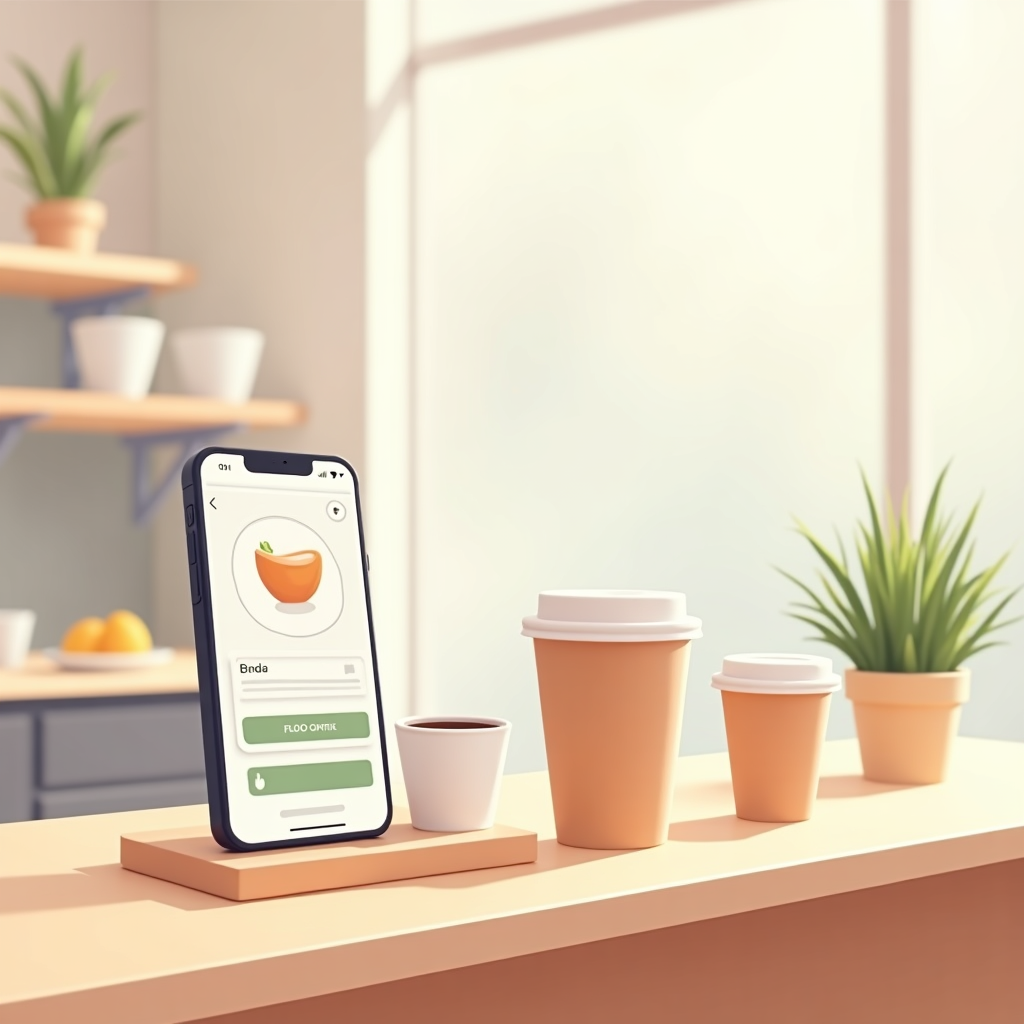




.svg)
.svg)


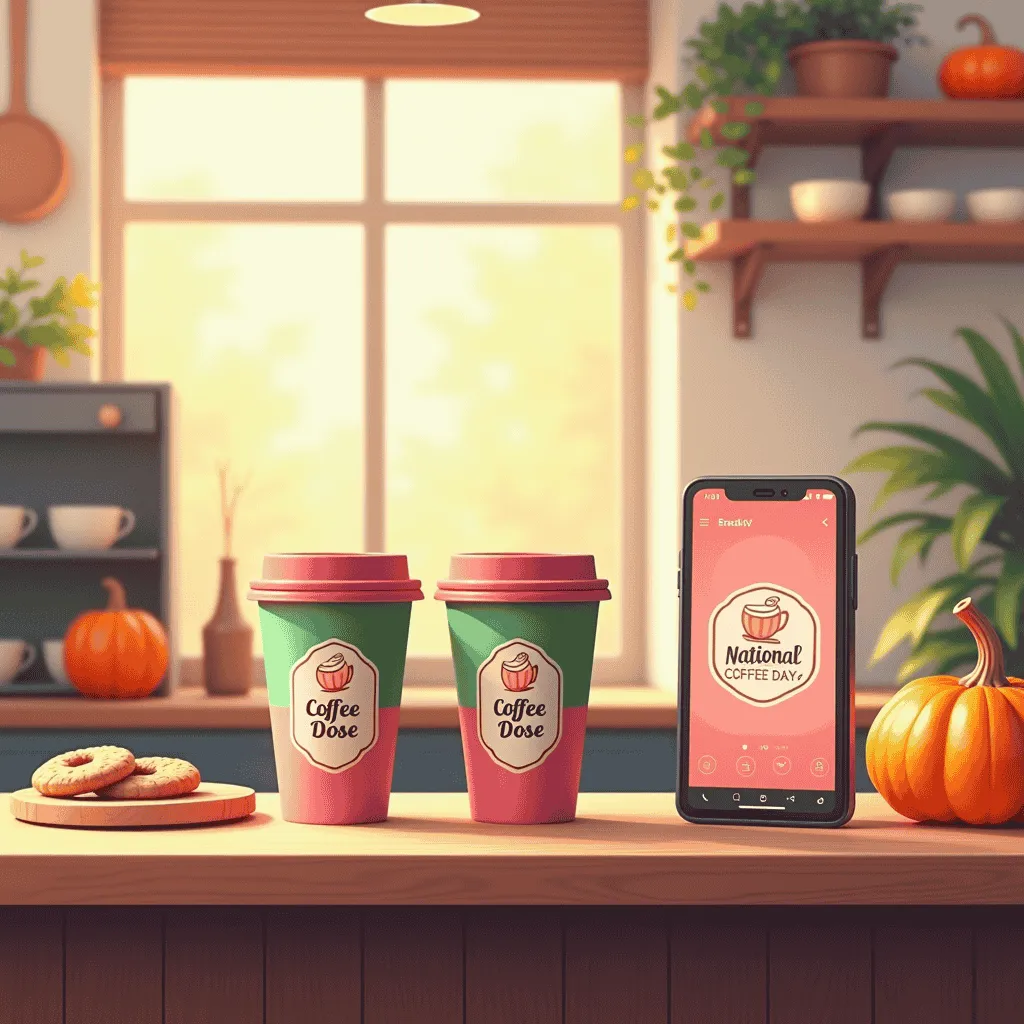

.avif)
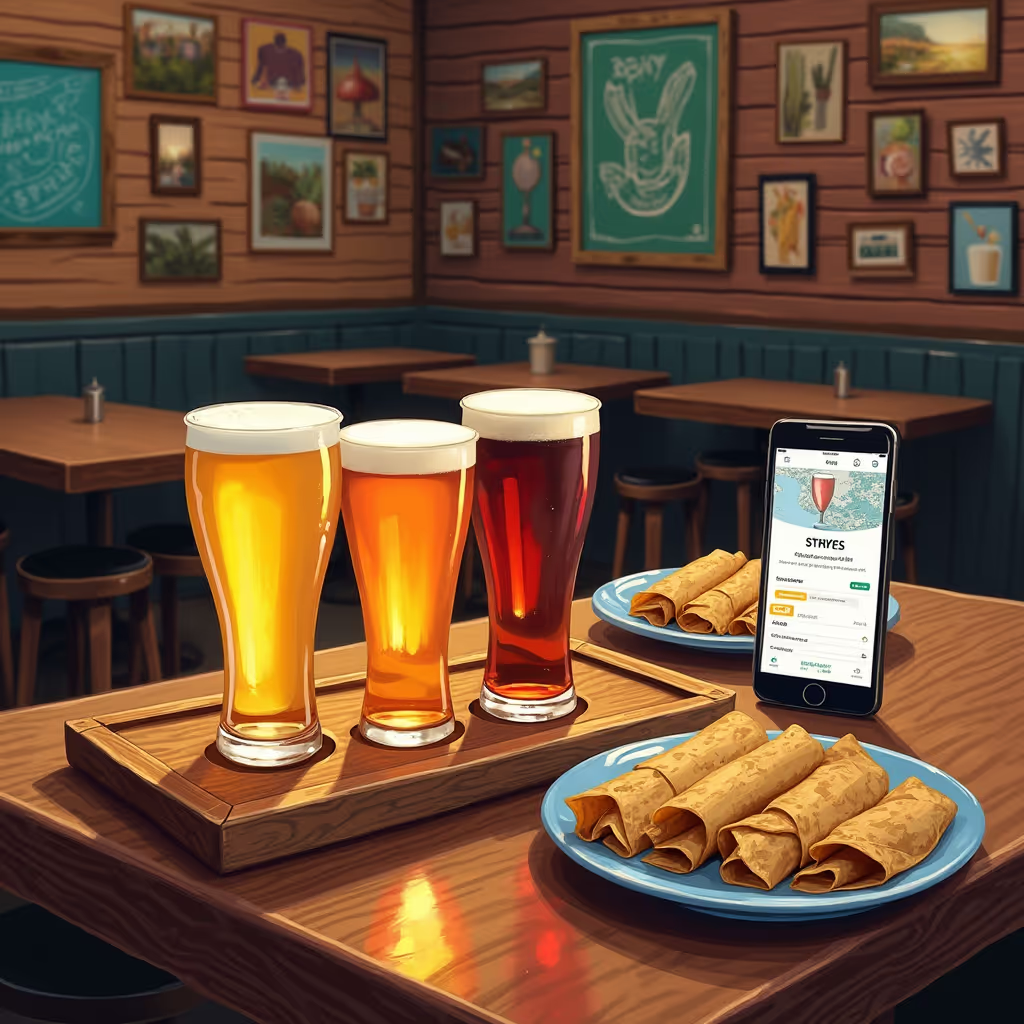

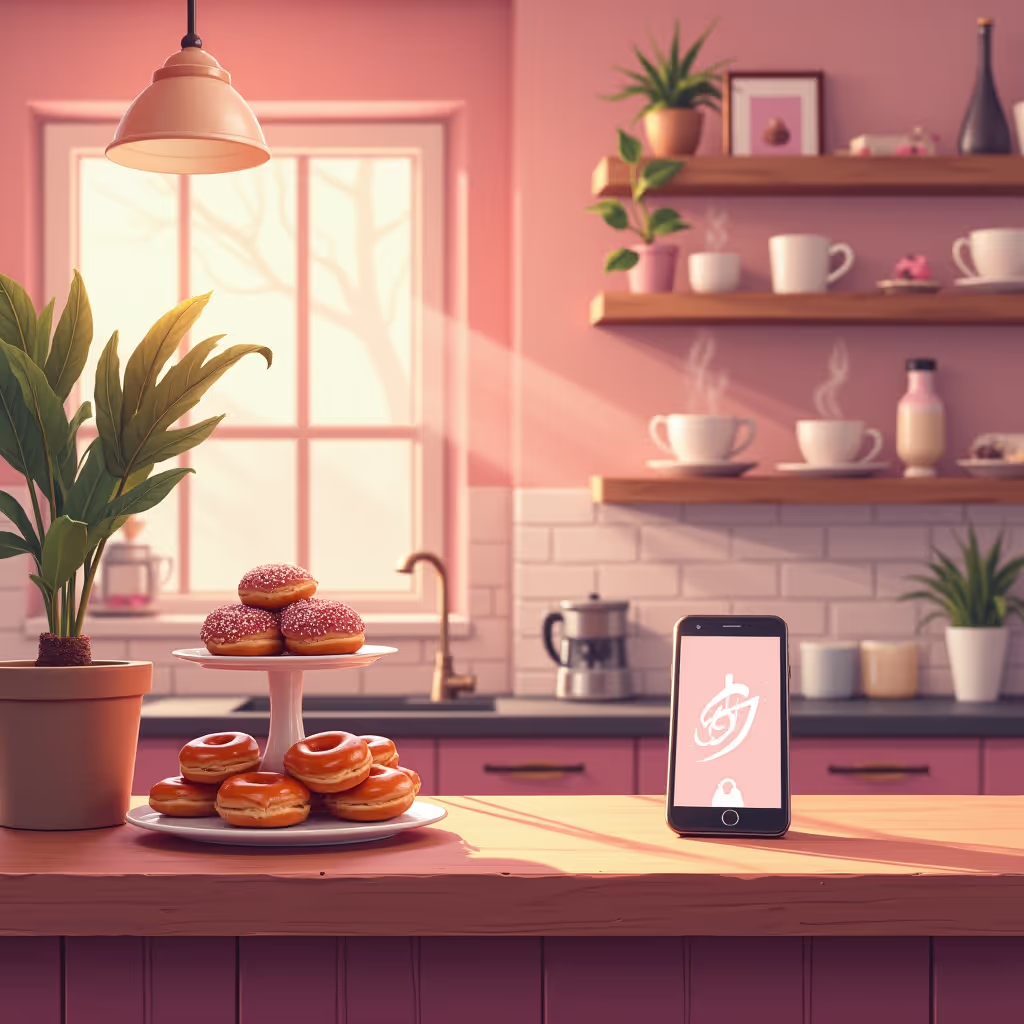
.avif)
.avif)
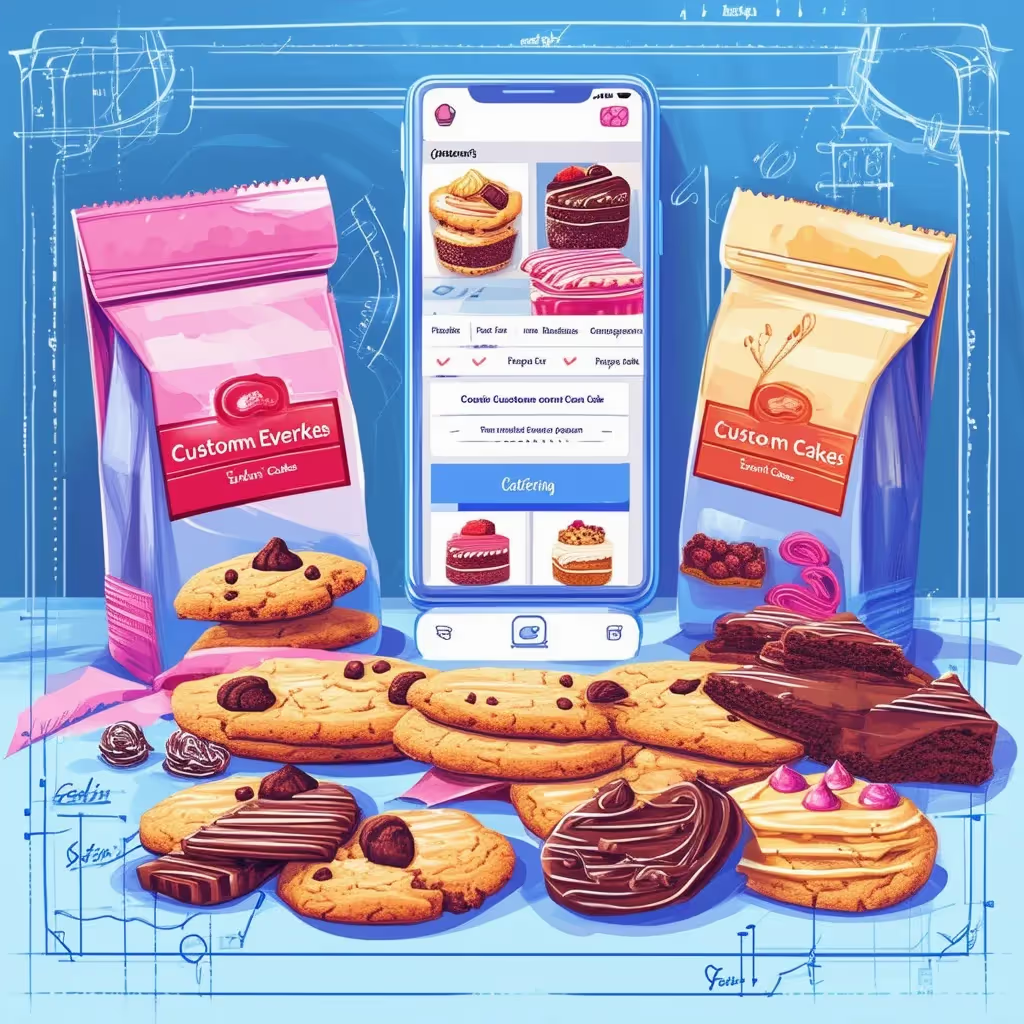
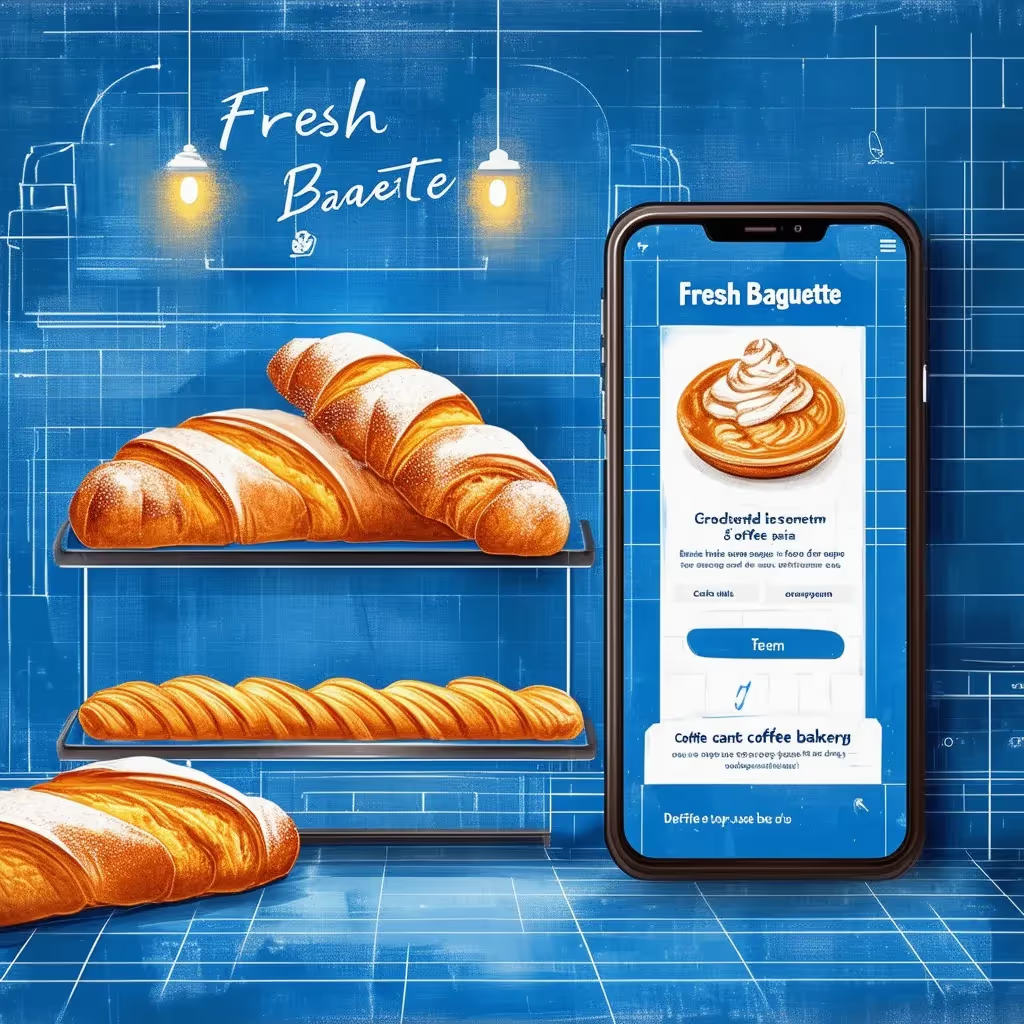
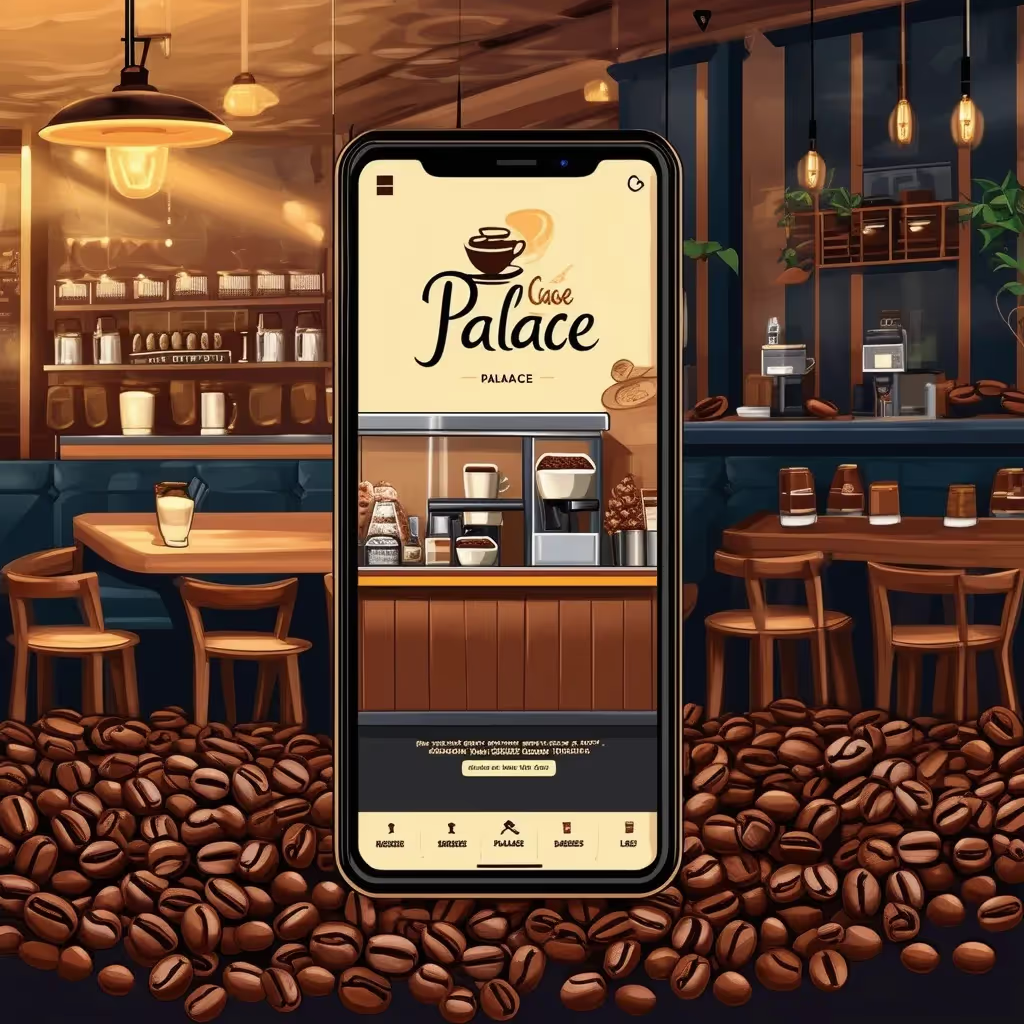
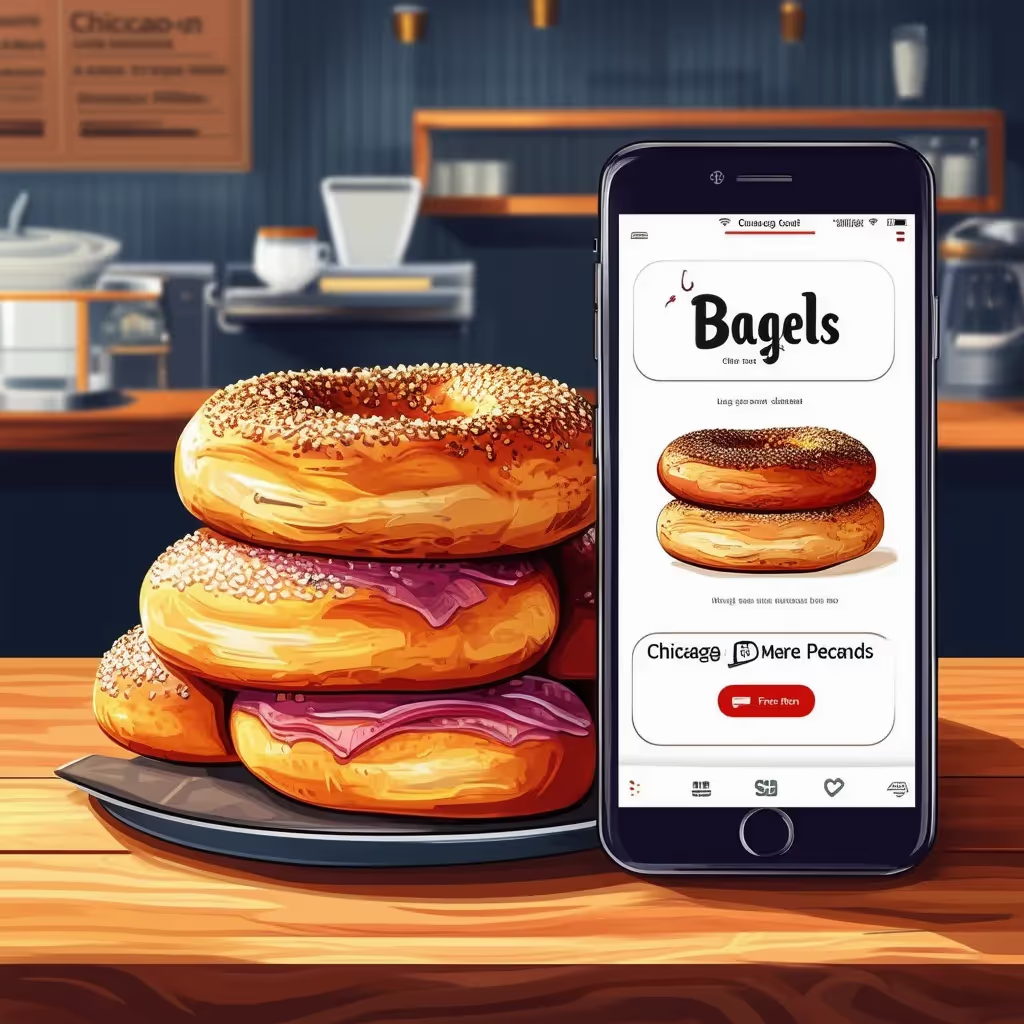
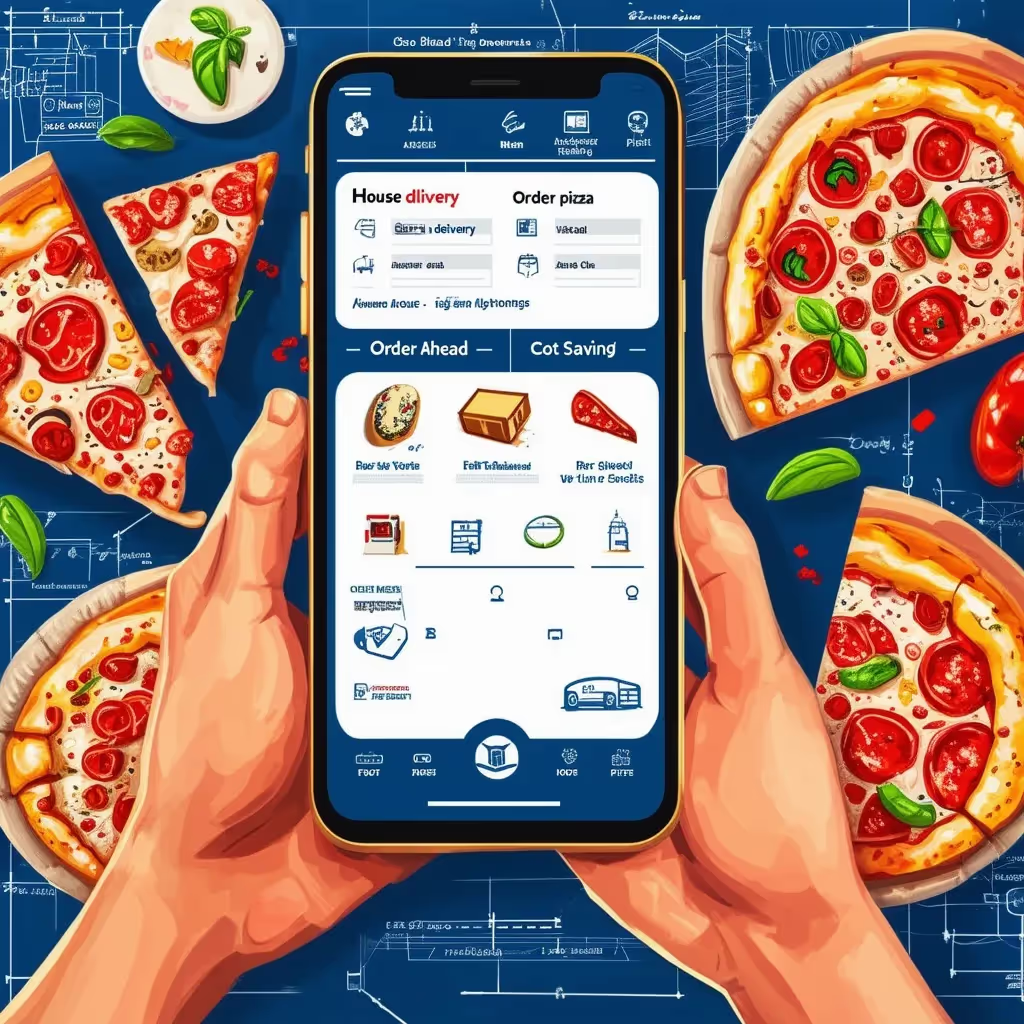

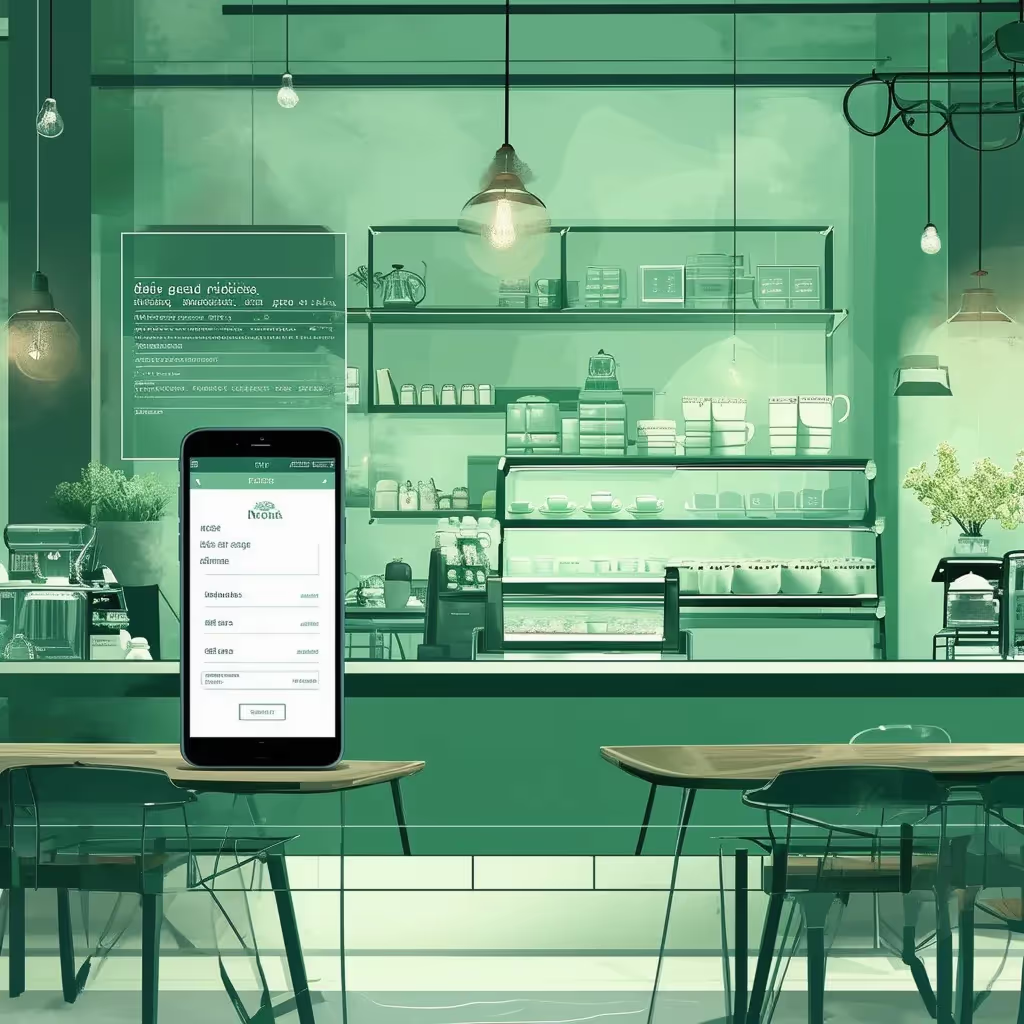


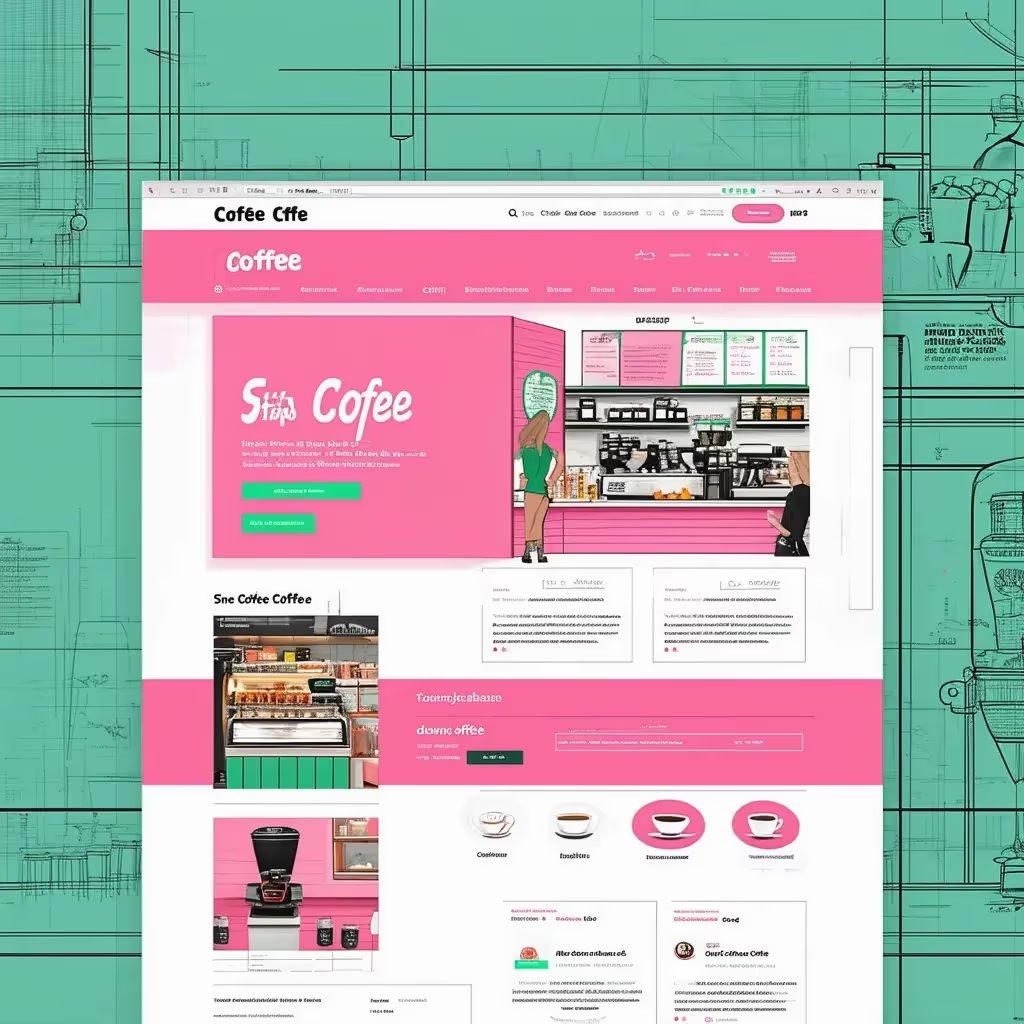
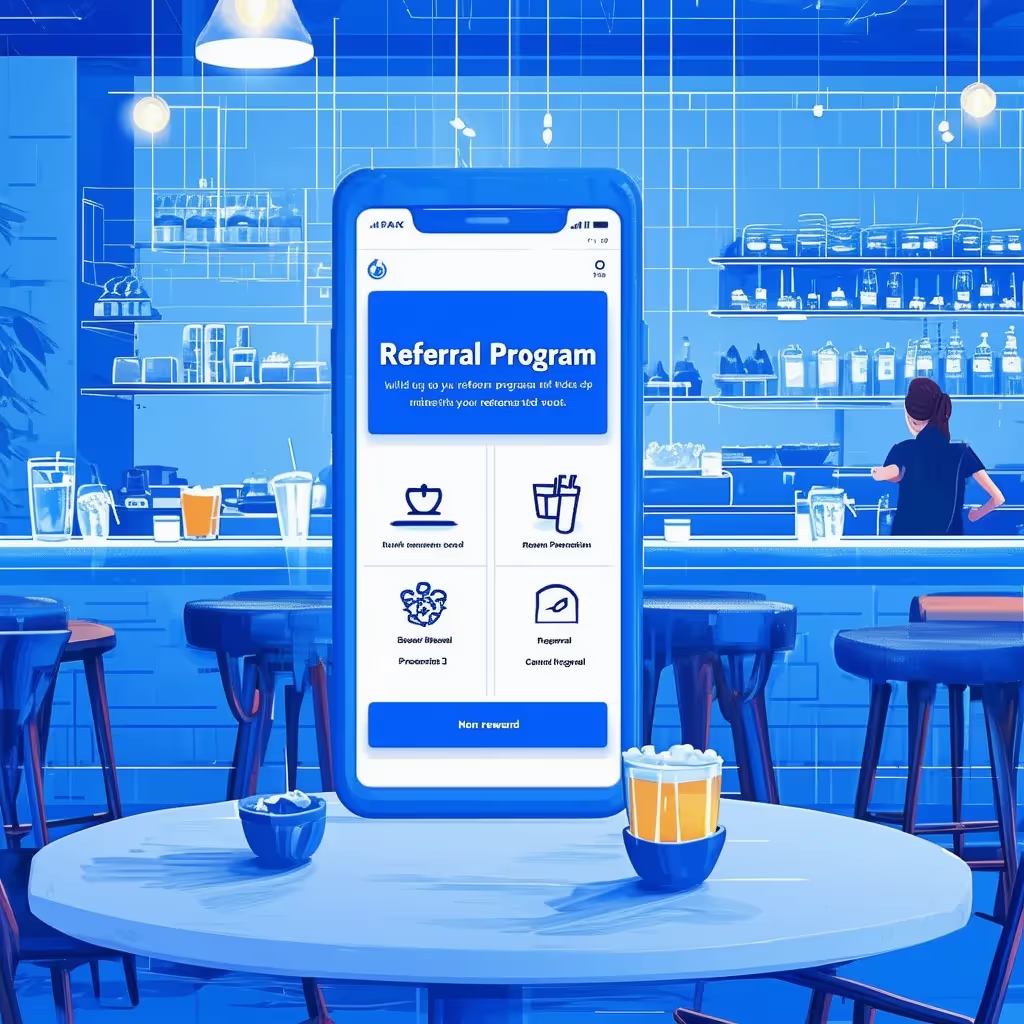




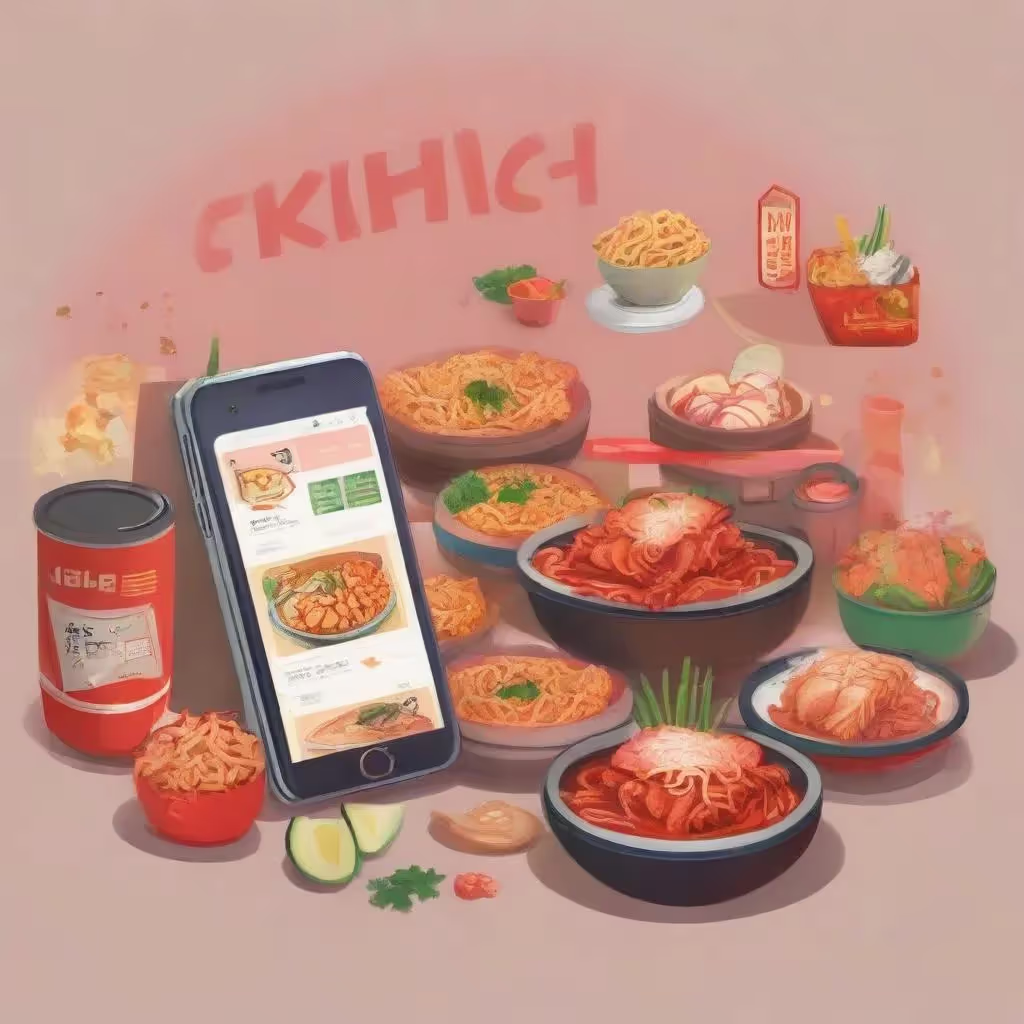
.avif)




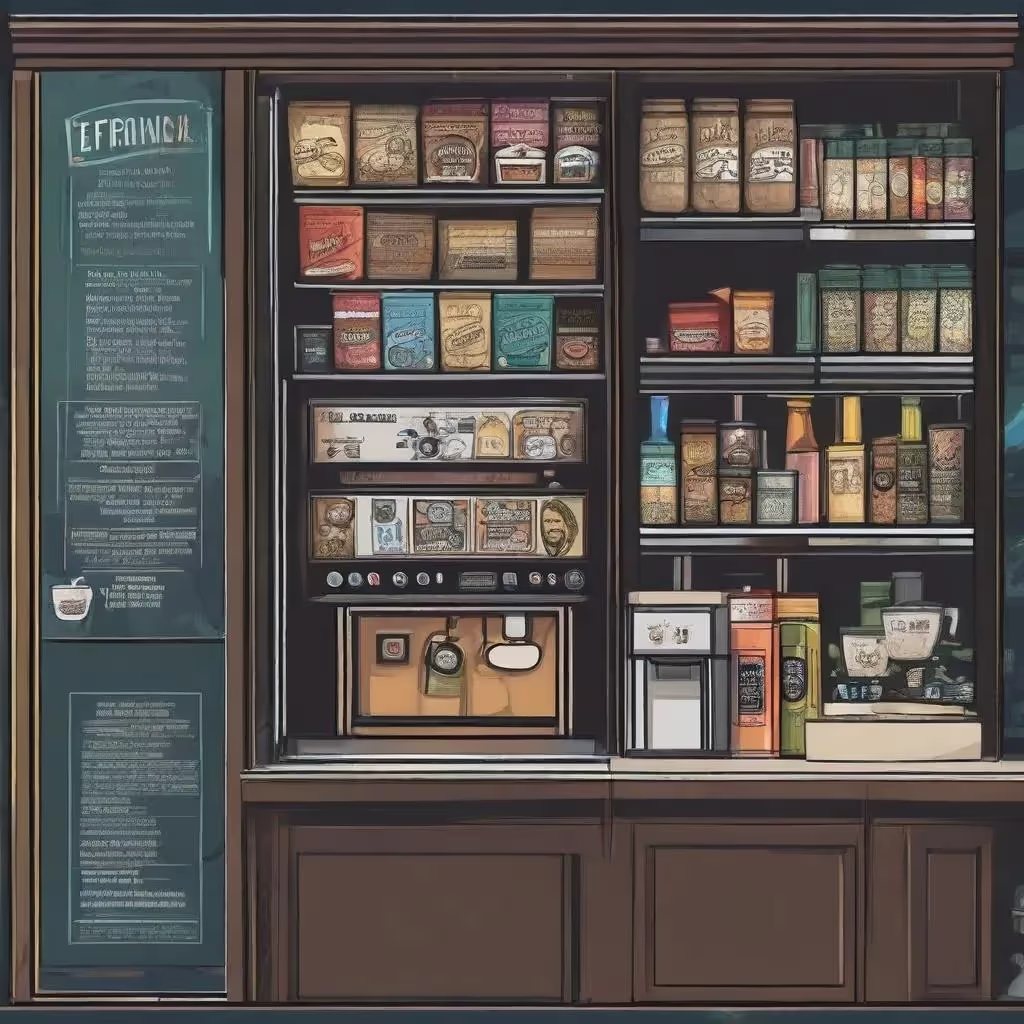



.avif)

